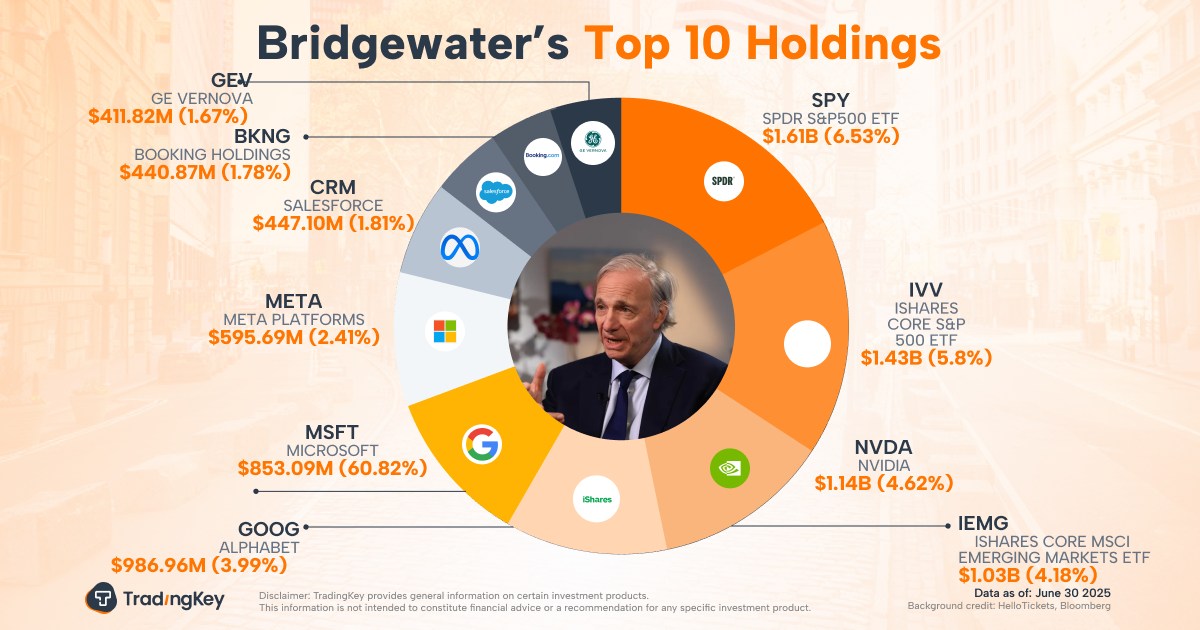- The US Dollar's recovery against the Yen has lost steam at 148.50, with all eyes on Ukraine's summit.
- USD/JPY is lacking a clear bias, with market volatility subdued.
- Higher hopes of further BoJ tightening have created a JPY-supportive monetary policy divergence.
The US Dollar bounced up against the Japanese Yen on Friday, but upside attempts have been capped below 148.50 on Monday, with trading volumes at low levels, as investors await the outcome of a meeting between Trump and Zelenskyy in Washington.
Markets are showing a cautious tone, concerned about a likely failure at the summit, where Trump is expected to pressure his Ukrainian counterpart to accept most of the conditions set by Putin on Friday. Zelenskyy, who will be backed by other European leaders, has considered giving up territories as a red line, which is unlikely to be crossed today.
The macroeconomic calendar is thin today, and traders keep an eye on the US Jackson Hole Symposium in the second half of the week. The highlight will be Fed Powell’s speech on Friday, which will be carefully watched to see whether the recent signs of the softening labour market have prompted him to tone down his hawkish rhetoric.
In Japan, the BoJ has paid little attention to the odd comment from US Treasury Secretary Scott Besent, stating that the bank might be “behind the curve with interest rates. Nevertheless, the strong Japanese GDP and Industrial Product figures seen last week have boosted hopes that the bank might hike rates further in the coming months. This us creating a JPY-supportive monetary policy divergence
Bank of Japan FAQs
The Bank of Japan (BoJ) is the Japanese central bank, which sets monetary policy in the country. Its mandate is to issue banknotes and carry out currency and monetary control to ensure price stability, which means an inflation target of around 2%.
The Bank of Japan embarked in an ultra-loose monetary policy in 2013 in order to stimulate the economy and fuel inflation amid a low-inflationary environment. The bank’s policy is based on Quantitative and Qualitative Easing (QQE), or printing notes to buy assets such as government or corporate bonds to provide liquidity. In 2016, the bank doubled down on its strategy and further loosened policy by first introducing negative interest rates and then directly controlling the yield of its 10-year government bonds. In March 2024, the BoJ lifted interest rates, effectively retreating from the ultra-loose monetary policy stance.
The Bank’s massive stimulus caused the Yen to depreciate against its main currency peers. This process exacerbated in 2022 and 2023 due to an increasing policy divergence between the Bank of Japan and other main central banks, which opted to increase interest rates sharply to fight decades-high levels of inflation. The BoJ’s policy led to a widening differential with other currencies, dragging down the value of the Yen. This trend partly reversed in 2024, when the BoJ decided to abandon its ultra-loose policy stance.
A weaker Yen and the spike in global energy prices led to an increase in Japanese inflation, which exceeded the BoJ’s 2% target. The prospect of rising salaries in the country – a key element fuelling inflation – also contributed to the move.







